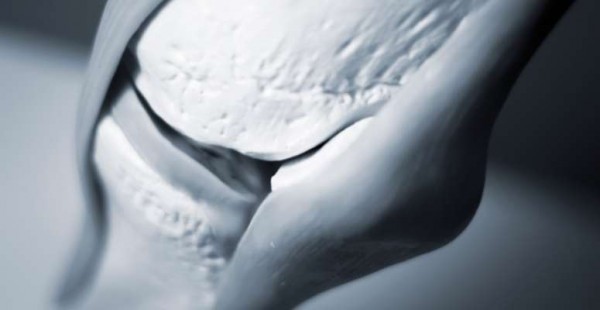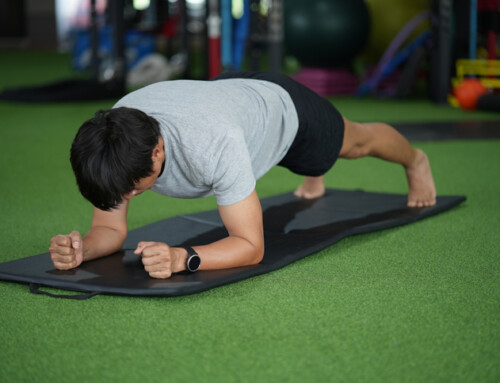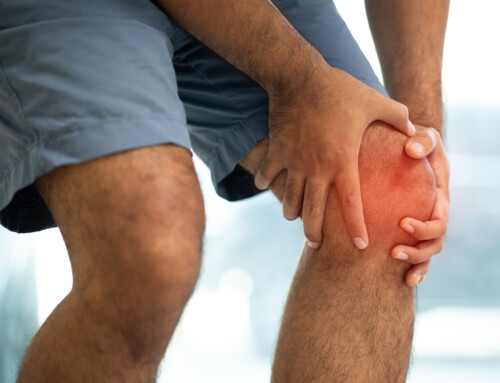By Matt Prager, SPT
What is the knee meniscus?
In our knees, we have structures known as menisci which are located between the femur and tibia.
The menisci are crescent shaped structures composed of fibrocartilage. There are two menisci found in each knee. One meniscus is located on the inner side of your knee and is called the medial meniscus while the other meniscus is located on the outer side of your knee and is called the lateral meniscus. There is increased blood supply to the outer portion of the meniscus. The further inward you go, the less blood is circulated which means in the event of an injury there is an improved outcome for the outer portion of the meniscus compared to the inner portion.
What is its function?
There are several key functions that the menisci are responsible for. One of the functions of the meniscus is to increase knee stability. The meniscus accomplishes this by deepening the tibial plateau which increases the concavity or the amount the surface is curved in. Additionally, the meniscus is also responsible for decreasing friction, increasing contact area, and decreasing shock in the knee joints.
Injuries and Treatment
The most common injury associated with a meniscus is a tear which is typically a result of a twisting motion. More specifically, injury to the meniscus is typical when the knee is flexed and then a rotational force is applied to the knee.
Typically, the medial meniscus is injured more frequently when compared to the lateral meniscus. With a torn meniscus we would expect there to be knee swelling, tenderness when palpating over the joint line, and pain with weightbearing activities such as navigating stairs. A torn meniscus can be treated conservatively, or surgically in more severe cases.
Initially, physical therapy will look to decrease pain and swelling in the knee. Following pain management, physical therapy treatment for a torn meniscus will typically consist of improving knee range of motion, progressively weight bearing, neuromuscular electrical stimulation/biofeedback, and improving strength for the quadriceps and hamstrings.
Capital Area Physical Therapy has three PT clinics in the NY Capital District. Call us today at (518) 289-5242 if you are suffering from hip and knee pain for an evaluation.






